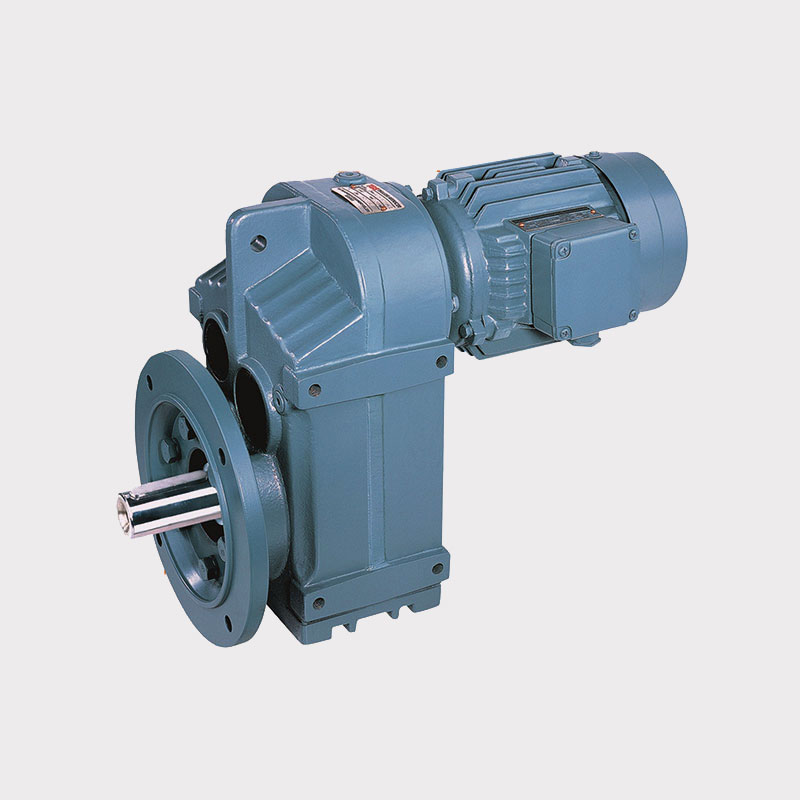Understanding the Different Types of Gear Motors
2025-05-08
Gear motors are essential in mechanical systems where controlled motion and high torque are required. They combine a motor and a gear reducer into a single, compact unit. Depending on the type of gear configuration, each gear motor offers unique advantages. Let’s explore the main types of gear motors and their applications.
1. Spur Gear Motors
Spur gear motors are the simplest type. They use straight-cut gears on parallel shafts. As the motor spins, the gears engage directly and transmit power in a straightforward motion. These motors are efficient, cost-effective, and easy to manufacture. However, they can be noisy at high speeds and are better suited for moderate load applications like conveyors and basic machinery.

2. Helical Gear Motors
Helical gear motors feature gears with angled teeth that engage gradually, offering smoother and quieter operation than spur gears. They are more efficient at higher speeds and can carry heavier loads. Their design also reduces vibration, making them ideal for elevators, packaging equipment, and precision industrial machinery.
3. Worm Gear Motors
Worm gear motors consist of a screw-like shaft (worm) that meshes with a toothed wheel (worm gear). This configuration produces high torque and has a built-in self-locking feature—meaning the gear cannot drive the worm. Worm gear motors are compact, good for space-saving, and commonly used in hoists, gates, and lifting systems. The trade-off is lower efficiency and more heat generation due to sliding friction.
4. Planetary Gear Motors
Planetary gear motors use a central sun gear surrounded by multiple planet gears inside a ring gear. This design offers extremely high torque in a compact size and evenly distributes the load across all gears. Planetary motors are highly efficient and known for their durability and precision. They are commonly used in robotics, electric vehicles, and heavy-duty automation systems.
5. Bevel Gear Motors
Bevel gear motors utilize gears mounted on shafts at right angles, which allows the motor to change the direction of rotation. They are suitable for applications that require a 90-degree torque transfer, such as mixers, rotary tables, and corner drives. Bevel gears are powerful and efficient but slightly more complex in design and alignment.
---
Final Thoughts
Each type of gear motor is tailored for specific needs. Whether you're looking for simplicity and cost-efficiency, like spur gears, or compact high-torque performance, like planetary gears, understanding these types helps you make the right choice. Matching the gear motor type to your application ensures optimal performance, efficiency, and reliability.


